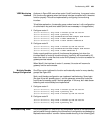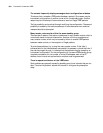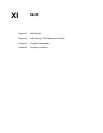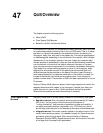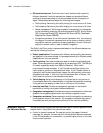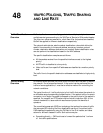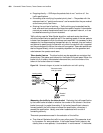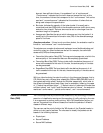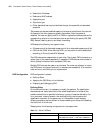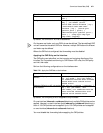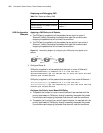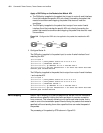
48
TRAFFIC POLICING, TRAFFIC SHAPING
AND LINE RATE
Traffic Classification
Overview
Traffic classification means classifying packets into multiple priority levels or
multiple service types according to the ToS (Type of Service) of IPv4 packet header.
The other two values are reserved for other uses. After the packets are classified,
QoS will be applied to different classifications respectively.
The network administrator sets the packet classification rules which define the
specific flow according to the source address, source port number, protocol
number, destination address, destination port number. Packet classification rules
can also perform the classification based on the MAC address.
The specific classification examples are as follows:
■ All the packets received from the specified interface are set to the highest
priority.
■ All FTP traffic is classified at a low priority.
■ Video traffic sent from specific IP addresses are classified at a medium priority
level.
The traffic flow to the specific destination addresses are classified at a high priority
level.
Traffic Policing
Overview
An Internet service provider (ISP) must control the traffic and load sent by users in
the network. For an enterprise network, if the control can be performed on the
traffics of some applications, it must be an effective method for controlling the
network conditions.
The typical function of t traffic policing is to limit traffic that enters the network to
an allowable range by supervising its specification. If the packet traffic of a certain
connection is too large, the packet is dropped or the priority level of the packet is
specified. For example, an HTTP packet may be limited to less than 50% of the
network bandwidth to save network resources and protect the benefits of
operators.
The committed access rate (CAR) is a technology that polices the network traffic
that enters an ISP, including the flow classification service of the policed traffic.
CAR classifies the packets by using the ToS field of the IP v4 header, and takes
actions for different classes of traffic. Such actions may be:
■ Forwarding directly — CAR continues to forward the packets that "conform
to" the traffic specifications.



